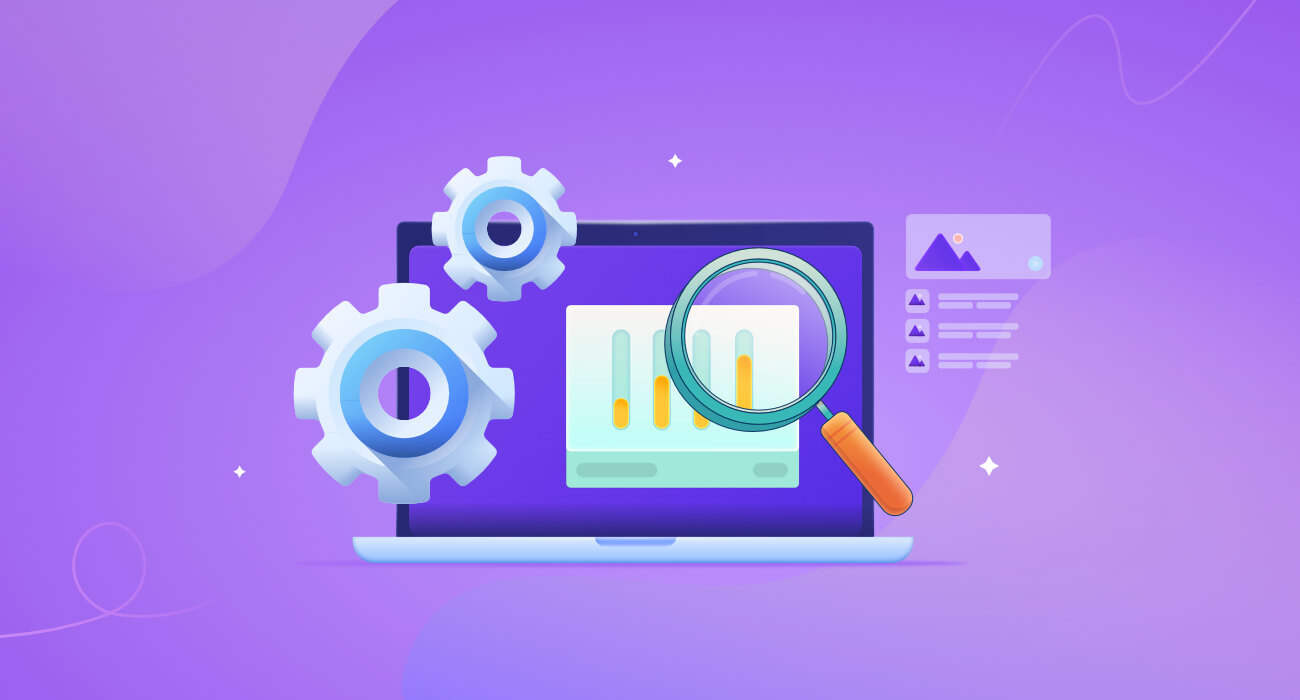As customer expectations escalate and competition intensifies, seamless product design and development becomes a necessity rather than a luxury. The secret to crafting successful products doesn't solely lie in cutting-edge technology or innovative features but in an integrative approach intertwining multiple facets of production.
This article aims to shed light on eight integral steps that can guide you in creating a product that resonates with your target audience and stands the test of evolving market trends.
1. Research And Understand Your User
The journey towards seamless product design and development commences with an in-depth understanding of your user base. Users are central to your product. Therefore, if you lack comprehension of their needs, wants, and behaviors, your product may not connect with them, leading to a less successful venture.
Deep-seated research and understanding are cornerstones of a triumphant product. Starting with market research, explore your potential users' demographics, behaviors, needs, and pain points. Online surveys, focus group discussions, and one-on-one interviews can yield invaluable data about your users' concerns, their value criteria in a product, and the market gap your product can bridge.
In addition, track market trends and competitive products closely. This grants critical insights into what's successful and what's not, allowing you to position your offering effectively in the market. Understanding your user isn't a one-time effort but an ongoing journey.
As markets evolve, so do your users. Continuous research and staying in sync with your users guarantee your product's long-term relevance and success.
2. Define Clear Goals
Equipped with an understanding of your users, the next step is defining clear goals for your product. Amidst the rush of design and development, maintaining focus on your objectives is crucial. Setting clear, measurable, and realistic targets can help align and concentrate the team's efforts.
These goals can range from broader objectives, like penetrating a new market segment, to more specific aims, such as reducing the user's task completion time by 15%. Allocate time to discuss with all stakeholders what success signifies for your product.
Is it about reaching a specific number of users? Or improving a particular metric? Defining this early on directs your design and development process. Clear goals serve as the compass for your product journey. They facilitate progress measurement and informed decision-making, ensuring your product fulfills its intended purpose.
3. Follow A User-Centered Design Approach
To create a product that engages users, you must place them at the center of your design process. User-centered design (UCD) is a philosophy that involves users throughout the design process, ensuring the final offering satisfies their needs, is easy to use, and provides a delightful user experience.
Refer to your user research to understand who your users are and what they need. Then, translate these needs into design requirements. From here, sketch out potential solutions. Wireframes, storyboards, and user flows can help visualize the product and establish the basic structure and navigation.
Once you've decided on a direction, create a more detailed prototype. This could start as a simple paper sketch or an essential CAD file extension in the initial stages, moving towards higher-fidelity digital prototypes as the design solidifies. User testing is crucial in the UCD process.
It offers direct feedback on how users interact with your product and what issues they encounter. This will reveal usability issues you may not have considered, allowing you to refine your design before development. Remember, UCD is an iterative process. Design, test, analyze, and then design again. Each iteration brings you closer to a product that truly serves your users and provides a seamless user experience.
4. Build A Cross-Functional Team
The right team can significantly influence the outcome when embarking on the product design and development journey. Your team should amalgamate various skills and perspectives—including UX/UI designers, product managers, engineers, marketers, and more.
This diversity enables a holistic product view, encourages innovative solutions, and ensures all critical aspects receive due attention. A UX/UI designer will guarantee the product is user-friendly and visually appealing. The product manager will outline the roadmap and manage the alignment between different teams.
Engineers breathe life into the product while marketers decipher its ideal positioning in the market for maximum impact. Together, these roles are critical for creating a product that caters to user needs and is feasible to build and market. Collaboration is paramount in a cross-functional team.
Create a culture that fosters the hearing of each member's voice, encourages the free flow of ideas, and promotes feedback. Use collaboration tools that facilitate seamless communication and document sharing. Regular meetings and updates will keep everyone on the same page and moving towards a shared goal.
A diverse, collaborative team is vital to a successful product. Cultivate an environment that encourages collaboration and mutual respect, and you'll pave the way to a product that users love, and competitors admire.
5. Apply Design Thinking
Design Thinking is a problem-solving framework that champions a user-centered approach to product design. It offers a solution-based approach to solving problems and can be an excellent tool for innovation. The five stages of design thinking—Empathize, Define, Ideate, Prototype, and Test—are iterative, meaning they don't have to follow a strict order and can often occur simultaneously and repeat.
"Empathize" focuses on understanding the people you are designing for. "Define" involves narrowing down the problem statement based on your research. "Ideate" revolves around brainstorming and generating as many solutions as possible. "Prototype" entails producing a series of inexpensive, scaled-down product versions to explore the problem solutions developed in the previous stage.
"Test" is about user testing, gathering feedback, and refining the product. Design thinking fosters innovation and creativity, promoting a learning and adaptation culture. It is an effective method to tackle complex problems that are unknown or ill-defined, as it centers on developing a profound understanding of users and their needs.
Adopting a design thinking approach allows companies to create products that truly resonate with their users, offering innovative and practical solutions to their needs.
6. Use Agile Development Methods
n a rapidly changing world, product development must be flexible, adaptive, and focused on delivering user value. This is where Agile development methods enter the picture. Unlike traditional waterfall development methods, Agile methods embrace changes and involve users throughout the process.
During short sprints lasting 2-4 weeks, agile development delivers working software at the end. Agile allows teams to prioritize tasks based on their business value, thus making sure the product offers maximum value to the users. Agile development encourages regular feedback from team members and users, ensuring the product stays aligned with user needs.
Agile is more than a process—it's a philosophy that champions flexibility, collaboration, and user value. It encourages teams to adapt to changes, learn from mistakes, and continually improve. An Agile approach ensures that your product stays relevant and valuable to the users, even in the face of changing market trends.
7. Iterate And Improve
Perfection in product design and development isn't attained in one fell swoop—it's a product of constant iteration and improvement. The quest for perfection shouldn't hinder your journey. Instead, consider launching a Minimum Viable Product (MVP) with just enough features to satisfy early customers and provide feedback for future product development.
An MVP development for startups allows you to test your product in the real world, gather user feedback, and improve. Each iteration should bring you closer to a product that satisfies user needs and exceeds their expectations.
The process of iteration and improvement continues even after launching the product. As markets evolve, so should your product. Regular updates, new features, and enhancements ensure that your product stays relevant and continues to serve users effectively.
8. Validate With Users
No matter how innovative or feature-rich your product is, if it doesn't resonate with your users, it won't succeed. Hence, validating your product with users is crucial. User validation involves putting your product in front of your target users and observing how they interact with it.
This can reveal insights you may not have considered during the design and development stages. User validation helps to uncover usability issues, gauge user satisfaction, and understand whether the product fulfills user needs. It enables you to refine the product before its final launch, minimizing the risk of failure.
Continuous user validation ensures your product evolves with user needs and expectations, thereby securing its success in the long run.
Takeaway
Embarking on a product design and development journey can be a challenging endeavor. But, you can navigate the trip effectively with a comprehensive understanding of your users, clear goals, a cross-functional team, and the application of user-centered design, design thinking, and agile development.
Remember, it's an iterative process of continuous improvement and validation. The key is to stay focused, flexible, and user-centric throughout the journey. Follow these eight steps, and you're on the path to creating a product that resonates with your users and withstands the test of time.















Leave a Reply